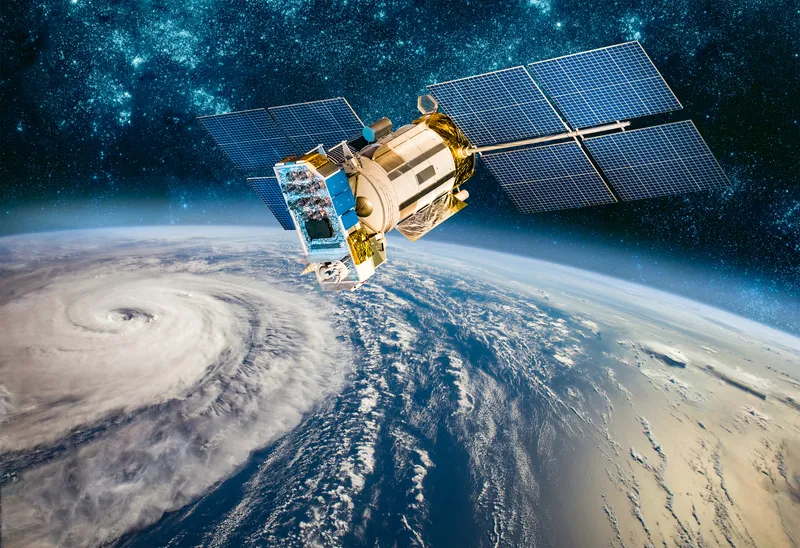STMicroelectronics has introduced a world first - the market’s first 3-axis digital-output gyroscope that meets the industry-standard qualification for automotive integrated circuits (AEC-Q100). ST’s A3G4250D gyroscope newest angular-rate sensor aims to add positioning accuracy and stability to a wide range of automotive applications, including in-dash navigation, telematics and vehicle tolling systems.
July 17, 2012
Read time: 1 min
ST’s A3G4250D gyroscope newest angular-rate sensor aims to add positioning accuracy and stability to a wide range of automotive applications, including in-dash navigation, telematics and vehicle tolling systems. ST says that accurate measurements of angular-motion detection with its automotive-qualified gyroscopes will significantly enhance dead-reckoning and/or map-matching capabilities in car navigation and telematics applications, the company claims. In situations when a GPS signal can’t be seen, such as indoors and in urban canyons between tall buildings, dead-reckoning systems compensate for loss of satellite signal by monitoring motion, distance travelled and altitude.
Precise gyroscope readings can also improve map-matching, the process of aligning a sequence of observed user positions with the road network on a digital map, used in a number of applications.









